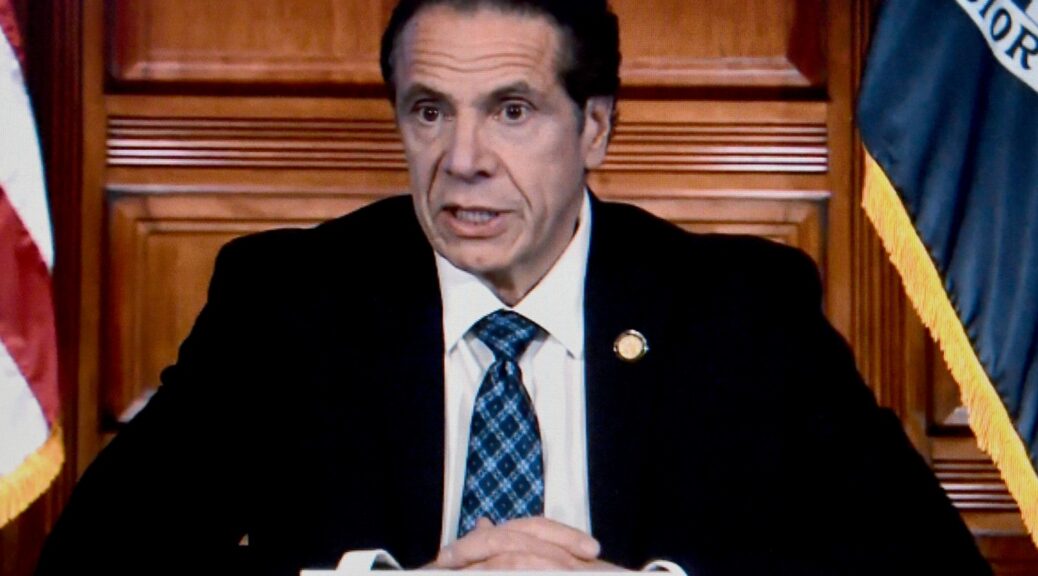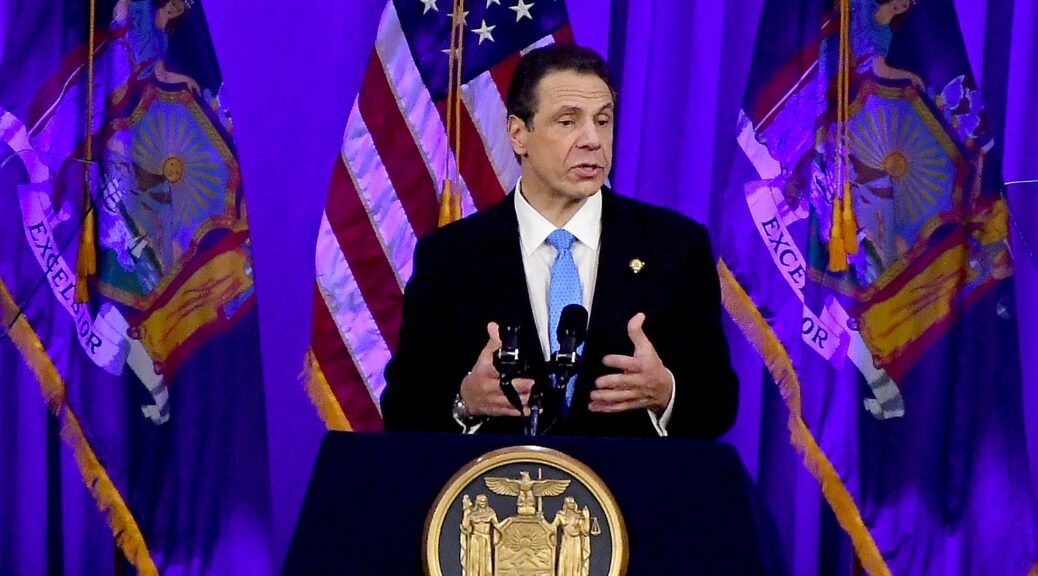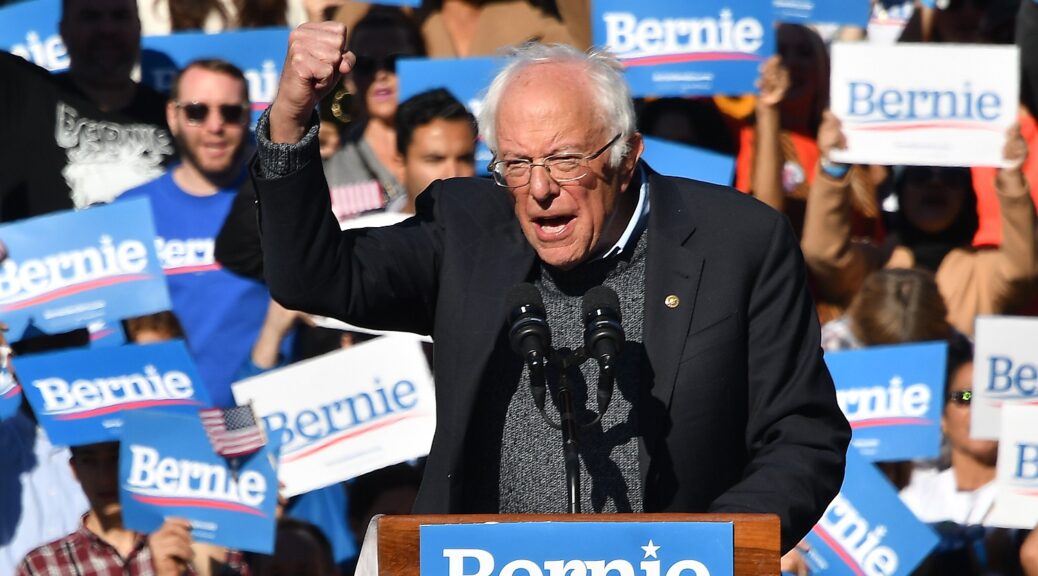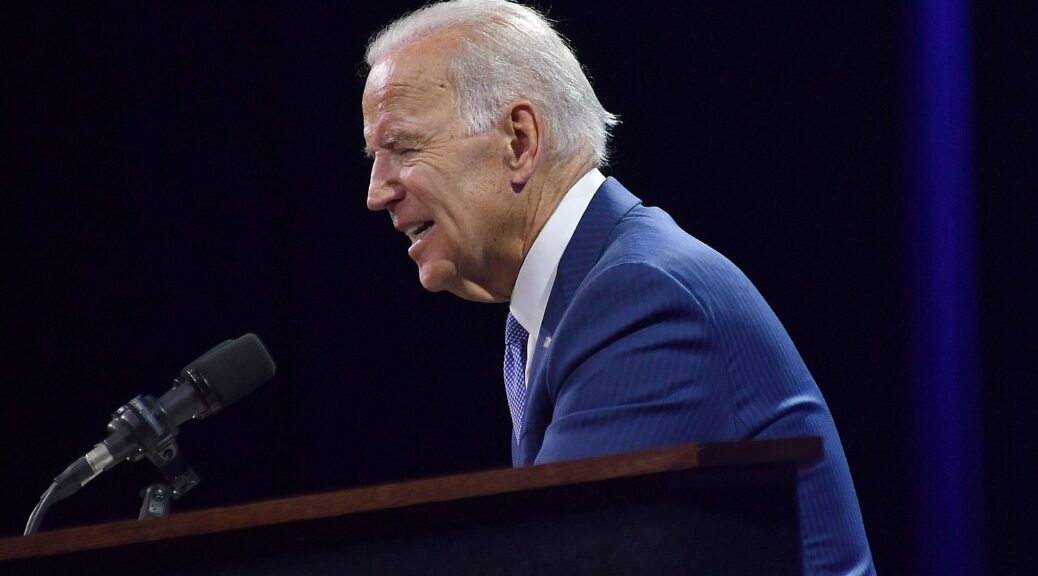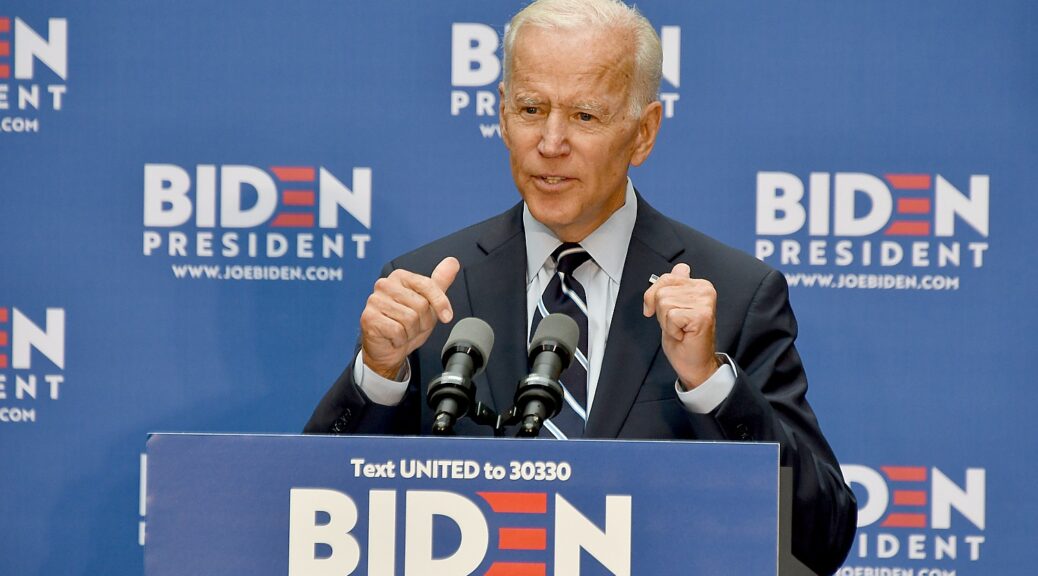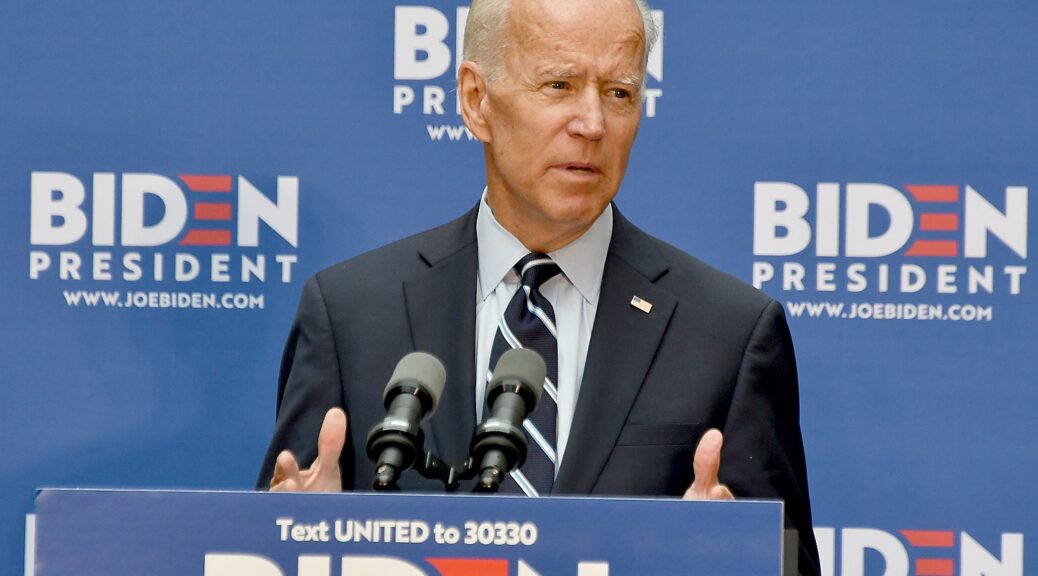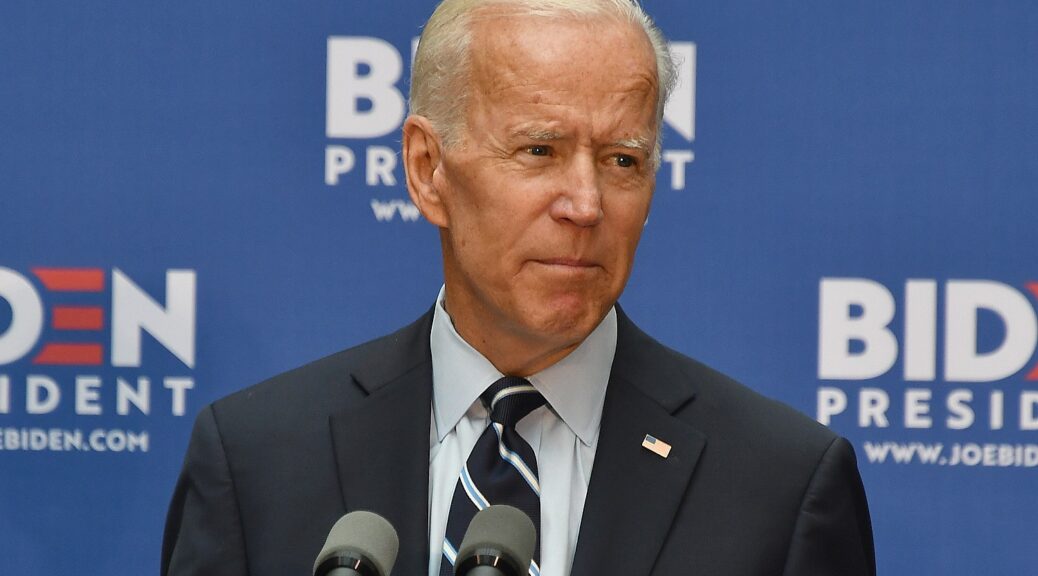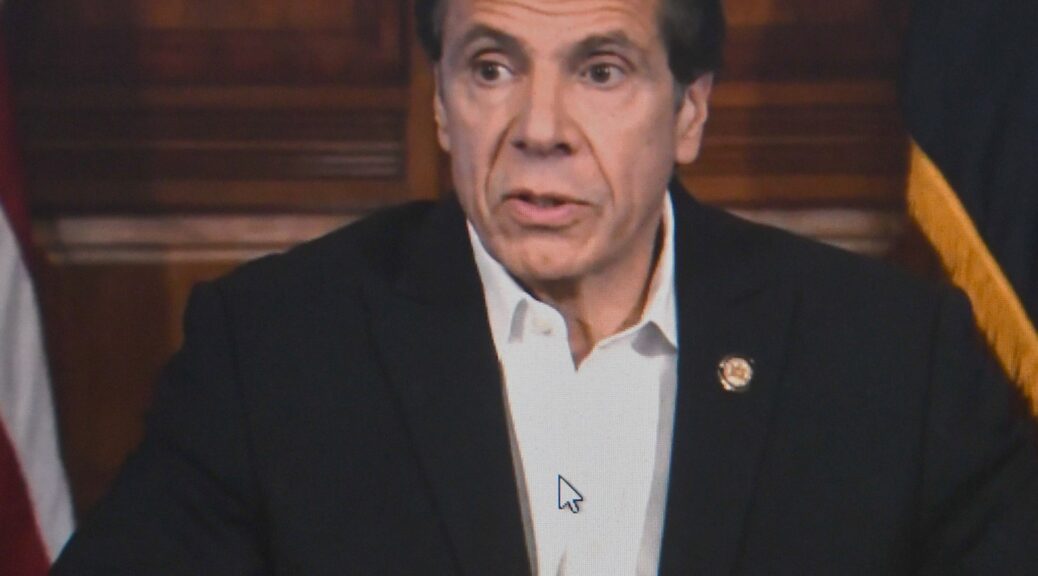
Amid the ongoing COVID-19 pandemic, with 10,841 additional cases, bringing the statewide total to 113,704 and the apex still a week or more away, Governor Andrew M. Cuomo today announced that 1,000 ventilators have been donated to New York by the Joseph and Clara Tsai Foundation. The Joseph and Clara Tsai Foundation and the Jack Ma Foundation have also donated one million surgical masks, one million KN95 masks and more than 100,000 pairs of goggles to the state. The Chinese government and Ambassador Huang Ping, Chinese Consul General, have facilitated these donations. The ventilators arrived at JFK Airport today.
The National Basketball Association is also contributing one million surgical masks for New York’s essential workers in collaboration with the New York Knicks, Brooklyn Nets and China’s New York Consul General Huang Ping.
Additionally, Oregon Governor Kate Brown has offered to provide New York with 140 ventilators from Oregon’s stockpile.
Governor Cuomo will also issue an Executive Order allowing medical students that are slated to graduate to begin practicing immediately to help with the state’s surge health care force. To date, 85,000 health professionals, including 22,000 out-of-state individuals, have signed up to volunteer as part of the state’s surge healthcare force during the ongoing COVID-19 pandemic.
“This pandemic has been stressing our nation on every level and we are doing everything in our power to prepare for the fight that will come at the apex,” Governor Cuomo said.”Ventilators remain our greatest challenge, and we have received a generous donation of 1,000 ventilators from the Joseph and Clara Tsai Foundation and the Chinese government, as well as 140 ventilators from Oregon – and these ventilators will save lives. This is a painful, disorienting experience, but we will get through it together and we will all be the better for it.”
Governor Cuomo commented, “Anyway, it all comes back to China. New York has been shopping in China. We’re not really China experts, here. International relations is not what we do on a daily basis. I’ve been to China before when I was HUD secretary, I did a trade mission with China. So, I have a basic understanding, but we went to the Asia Society to help us navigate China. I asked the White House to help us navigate China. I spoke to the ambassador and we got really good news today. That the Chinese government is going to facilitate a donation of 1,000 ventilators that will come in to JFK today. I want to thank Joe Tsai and Clara Tsai and Jack Ma from Alibaba, and the Nets, but I’m not stating a preference, for their donation. That’s going to be very helpful and I want to thank Ambassador Huang very much for his help in making all of this happen because this is a big deal. It’s going to make a significant difference for us.”
About the state of Oregon’s contribution, he said, “The state of Oregon contacted us and is going to send 140 ventilators, which is, I tell you, just astonishing and unexpected. I want to thank Governor Brown, I want to thank all of the people in the state of Oregon for their thoughtfulness. Again, this was unsolicited. But the 140 ventilators will make a difference. I was thinking about it, on behalf of New York and what it means for our – first it was a kind gesture. I know Governor Brown and she is a kind person, but it’s also smart from the point of view of Oregon. Why? Because we’re all in the same battle and the battle is stopping the spread of the virus, right?
“Look at what they did in China. It was in the Wuhan province. First order of business was contain the virus in Wuhan. Why? Because you want to contain the enemy. That’s always the first step. Oregon, we’re dealing with it now, we don’t stop the spread in New York, it continues. And if you look at the projections, Oregon could have a significant problem towards May. Our problem is now. So it’s also smart from Oregon’s self-interest. They see the fire spreading. Stop the fire where it is before it gets to my home. That was the Wuhan province…
“The State of Oregon has lent us 140 ventilators. It was kind, it was smart, stop the virus here. It’s better for the state of Oregon, it’s better for the nation. Their curve comes after ours. We’ll return their 140 ventilators, and there’s never been a discussion, but frankly I know New Yorkers and I know New Yorkers’ generosity. We will turn it double fold, because that’s who we are and that’s what we believe. So, stop the fire in New York, kind, generous, also smart.”
On Wednesday, Governor Cuomo announced that New York-based Regeneron Pharmaceuticals is creating 500,000 test kits for the State at no charge amid a nationwide shortage of test kits and swabs. The first batch of test kits was delivered to the State on Monday and the State will receive an ongoing delivery of 25,000 kits per day. Additionally, Corning has donated 100,000 tubes and provided an additional 500,000 tubes to the State at reduced cost and expedited delivery, and Puritan has sold medical swabs to the State. As of Wednesday, the State has tested 220,880 individuals.
“In this war, we must plan forward for the next battle. Meaning, we have been behind from day one. This virus has been ahead of us from day one. You don’t win a war that way. The next battle is the apex. The next battle is on the top of the mountain. See that curve? You see a curve? I see a mountain. The next battle will happen at the top of that mountain. That’s where it is going to be joined. And that’s where the enemy either overwhelms our healthcare system, or we are able to handle the onslaught of the enemy at the top of that mountain. And that’s what we’re planning for every day.
“But I want to offer you a different perspective that I’m starting to think about and I think we all should start to think about.
“As a society, beyond just this immediate situation, we should start looking forward to understand how this experience is going to change us, or how it should change us, because this is going to be transformative. It is going to be transformative on a personal basis, on a social basis, on a systems basis. We’re never going to be the same again. We’re not going to forget what happened here.
“The fear that we have, the anxiety that we have, that’s not just going to go away. When do we get back to normal? I don’t think we get back to normal. I think we get back, or we get to a new normal. Right? Like we’re seeing in so many facets of society right now. So we will be at a different place.
“Our challenge is to make sure that transformation and that change is positive and not negative. Let’s make sure we’re taking the positive lesson and not the negative lesson…
“We also have to be smarter from what we went through. How do you make the economy more resilient? What happens when something like this happens again? And something like this will happen again. ‘Oh, no, this is a once in a lifetime, never again.’ Something like this will happen again. We’re seeing it in the environment. We’re seeing it with floods, we’re seeing it with hurricanes. Something like this will happen again. You can’t just turn off the economy like a light switch.
“How do governments work together? You can’t figure it out on the fly – what the federal government does, what the state government does, what the local governments do. Figure it out before. Learn the lessons from this. Telemedicine, and tele-education. We have closed the schools. Well why weren’t we ready with a tele-education system? Why weren’t we better with telemedicine? Why didn’t we have the capacity to have that’s lines on people coming in to give the same basic diagnosis and the same basic advice? Why don’t we have medical supplies made in this country? Why are we shopping in china for basic medical supplies? Why don’t we gear our medical research to these types of threats and challenges, which we know are on the horizon? We know these viruses are changing. We know they mutate. Why don’t we get ahead of it?
“You still have to run society. Let’s talk about first responder capacity. We now have first responders who are getting sick, and the workforce is dropping. That was inevitable, right? That was going to happen. What’s the backup to that situation? And let’s talk about societal stability, and engagement at times of crisis. You can’t just tell everyone, ‘go home and lock your doors and sit on your couch and order takeout,’ for the foreseeable future. That’s not who we are. It’s not even a mental health issue. It’s just, it’s a personal health issue. It’s how we relate to one another. We’re not built to be isolated for long periods of time and not have human contact. So how do we deal with that?
“And these are the types of questions that we have to start to think through. But not today. That is the next challenge, I believe. And that is what we’re going to have to think about soon. But for now, one crisis at a time, as they say. And we are planning to handle with the current crisis, preparing for the battle on the mount, which is what we are doing every day. And that’s what we are doing. And not only are we doing it, but we have to succeed at it. You know?
“Government process is very good at saying, ‘well, we’re trying. We’re working on this. We’re doing our best. We’re doing our best.’ Winston Churchill, “it is no use saying we’re doing our best. You have got to succeed in doing what is necessary.” Tad harsh goes with that expression, which I think you could say, tad harsh. Handsome, but a tad harsh, but it’s true. And that’s what I say to my team every day. This is beyond best efforts. This is beyond, “I’m working very hard.” We have to get this done. We have succeed. We have to find a way. We have to make it happen, because too much is at stake.”
Finally, the Governor confirmed 10,841 additional cases of novel coronavirus, bringing the statewide total to 113,704 confirmed cases in New York State. Of the 113,704 total individuals who tested positive for the virus, the geographic breakdown is as follows:
| County | Total Positive | New Positive |
| Albany | 293 | 26 |
| Allegany | 16 | 2 |
| Broome | 65 | 9 |
| Cattaraugus | 9 | 0 |
| Cayuga | 7 | 1 |
| Chautauqua | 10 | 1 |
| Chemung | 36 | 1 |
| Chenango | 39 | 7 |
| Clinton | 31 | 1 |
| Columbia | 49 | 7 |
| Cortland | 10 | 0 |
| Delaware | 26 | 2 |
| Dutchess | 938 | 129 |
| Erie | 808 | 88 |
| Essex | 7 | 1 |
| Franklin | 10 | 0 |
| Fulton | 9 | 3 |
| Genesee | 20 | 4 |
| Greene | 24 | 1 |
| Hamilton | 2 | 0 |
| Herkimer | 18 | 4 |
| Jefferson | 20 | 2 |
| Lewis | 2 | 0 |
| Livingston | 18 | 2 |
| Madison | 74 | 4 |
| Monroe | 512 | 48 |
| Montgomery | 13 | 3 |
| Nassau | 13,346 | 1,322 |
| Niagara | 101 | 7 |
| NYC | 63,306 | 6,147 |
| Oneida | 80 | 9 |
| Onondaga | 262 | 10 |
| Ontario | 31 | 3 |
| Orange | 2,741 | 344 |
| Orleans | 10 | 1 |
| Oswego | 26 | 0 |
| Otsego | 26 | 5 |
| Putnam | 283 | 31 |
| Rensselaer | 58 | 2 |
| Rockland | 4,872 | 583 |
| Saratoga | 141 | 0 |
| Schenectady | 117 | 7 |
| Schoharie | 10 | 1 |
| Schuyler | 4 | 1 |
| Seneca | 6 | 0 |
| St. Lawrence | 52 | 9 |
| Steuben | 55 | 9 |
| Suffolk | 11,370 | 1,216 |
| Sullivan | 193 | 25 |
| Tioga | 7 | 0 |
| Tompkins | 85 | 1 |
| Ulster | 290 | 27 |
| Warren | 20 | 1 |
| Washington | 16 | 1 |
| Wayne | 30 | 0 |
| Westchester | 13,081 | 730 |
| Wyoming | 18 | 3 |
| Yates | 1 | 0 |

